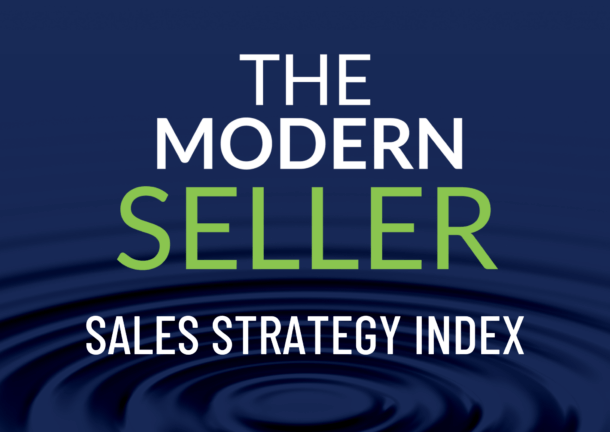By Amy Franko
A woman will average 10.7 jobs in her lifetime, according to Fast Company.
I decided that the “.7” could be attributed to those of you out there doing the work of at least two people, or a job we’d rather forget!
Let’s say your career spans 30 years (and for many women, careers will be longer). That calculates, on average, a move to a new job every 2.8 years. My own career path reflects this. In 15 years, I’ve grown my career with six companies and have had seven unique job descriptions.
For many of us, our beliefs around how our careers will unfold were hatched by watching our parents work at the same place for their entire career, and perhaps in only a couple of jobs that entire time. To a large extent their careers were planned. And if they were designated as “management material” they were swooped up, placed on the “management track” and away they went.
Our experience is now entirely different. This notion of the “planned career” is as outdated as the phone I bought six months ago.
Today, when you walk in the door of a company there’s really no step-by-step formula or well-worn path to follow to your dream career or your leadership aspirations. You design your path; you own it and are responsible for creating opportunities.
Pattie Sellers, Editor-at-Large of Fortune Magazine, captures it perfectly:
“The most successful people I know don’t think of their career as a ladder, but rather a jungle gym.”
Remember the playground jungle gym from when you were a kid? We would play for hours, never getting bored of trying new things and seeing just how high we could fly on the monkey bars.
Pattie’s comment hits home because it offers an important shift in perspective that emerging women leaders should take to heart. The business world is no longer the ladder of “career planning” but rather the jungle gym of “development planning.” The speed of business today means absolutely everything is changing and unpredictable. In other words, it’s very hard to plan for, and it means you need the agility and forward thinking of development instead of planning.
Your choices about your development will determine the leadership path you create. The design of your jungle gym will have many different rungs – upward leaps, lateral moves, or even a downward step to gain a specific experience.
With all of this in mind, how you do focus more on “development planning” and less on “career planning?” Here are a few suggestions:
- Think skill first. Look to develop skills that are transferable across positions and industries. One tip is to pay attention to people that are successful and determine what skills have helped them, regardless of position or company. Examples are business development skills, presentation skills, and language fluency – all skills that are transferable. Become well-versed on the trends of your industry and business trends as a whole. You’ll uncover patterns in skills and knowledge to help your development planning.
- Develop technology acumen. The language of business and the language of technology are intertwined. You don’t have to be a technology wiz, but at today’s pace of business your willingness to become versed in technology trends and their effect on business is directly tied to your development. A great example from my own life is the iPad. One of our services is custom training and development; many companies are looking to design and deliver training on this new platform. That requires me to be well-versed in how the technology affects various aspects of learning and development.
- Look for big picture experiences. Experiences don’t have to take on the look of a formal “job” or “position.” Look at everything you do as an experience and a way to develop skill. As an example, I took a language immersion trip to Mexico and practiced skills I wouldn’t have otherwise had the opportunity to develop. Skills like communicating in another language, interpersonal skills with a host family, and making my way around a different city are all transferable to my professional and personal development. Read more about my experience and takeaways in this blog post.
- Apply for the position anyway. I can’t tell you how many times this comes up in conversations, where women hold themselves back from going after a position they want because they don’t think they have “all” of the skills. It’s okay if you don’t – that’s part of what taking a risk means – going after something where you don’t have all of the answers upfront. My advice is to be calculated in your risk taking; honestly assess where your skill gaps are and get advice from a trusted mentor to help you determine if the position is a right fit for your development plan.
- Continually build relationships. If you read our Emerging Women Leaders blog often enough, you know this is something I’m always writing about! Your network of relationships is one of your greatest avenues for building your leadership path as well as helping others. Make sure you are connecting with and serving your network. Make sure you’re reaching out to influencers and being visible within your company and industry. This is where you learn about new opportunities for development. Relationship building should be in every emerging woman leader’s development plan.

 Our Strategic Selling signature sales training program is now available online. This online sales learning program is ideal for professional services and B2B sales. Get started with 2 free lessons.
Our Strategic Selling signature sales training program is now available online. This online sales learning program is ideal for professional services and B2B sales. Get started with 2 free lessons.